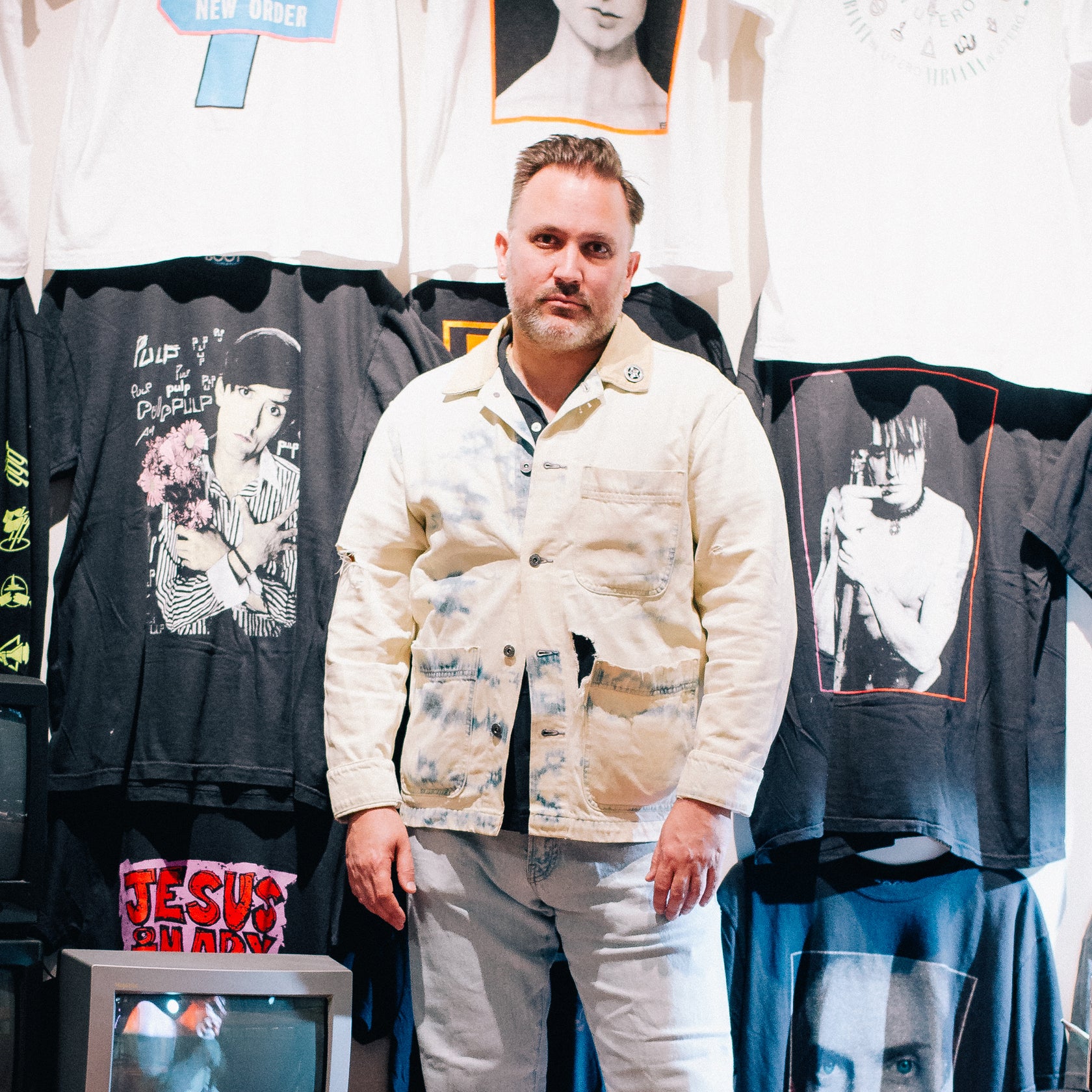
CIRCLE OF DAYZ vol.15 Michael Bühler-Rose
2024.04.26 #ART #DAYZ #INTERVIEW

「CIRCLE OF DAYZ」 takes an in-depth look at people with strong ties to DAYZ and people who fascinate DAYZ. For the 15th installment, we interviewed Michael Bühler-Rose, an interdisciplinary artist based in New York City and Mysore, India. And in the spring of 2020 he began the “Boot Foundation”. We asked him about his background and his thoughts on this event.
YOU MAY ALSO LIKE
-


SNEAKERWOLF × 渡辺真史 インタビュー:アートか、作業着か。その“境界線”にある価値を問う10日間
2025.03.31
-


BEATCAFE × BEATDAYZ POP UP at DAYZ – 文化と音楽が交差するPOP UPの舞台裏
昨年の「BOOT FOUNDATION」のPOP UPに続き、今年もべべとカトマンの2人のキュレーションによるPOP UPが開催される。今回はBEATCAFEを軸に開催、DAYZという空間を通してどのように文化が交差するのか。開催に至った経緯や、今回フィーチャーされるアイテム、そしてこのPOP UPが持つ意義について、2人に話を伺った。
2025.03.07
![DAYZ [archives]](https://cdn.shopify.com/s/files/1/0495/9076/3677/files/logo.png?v=1601446380)





